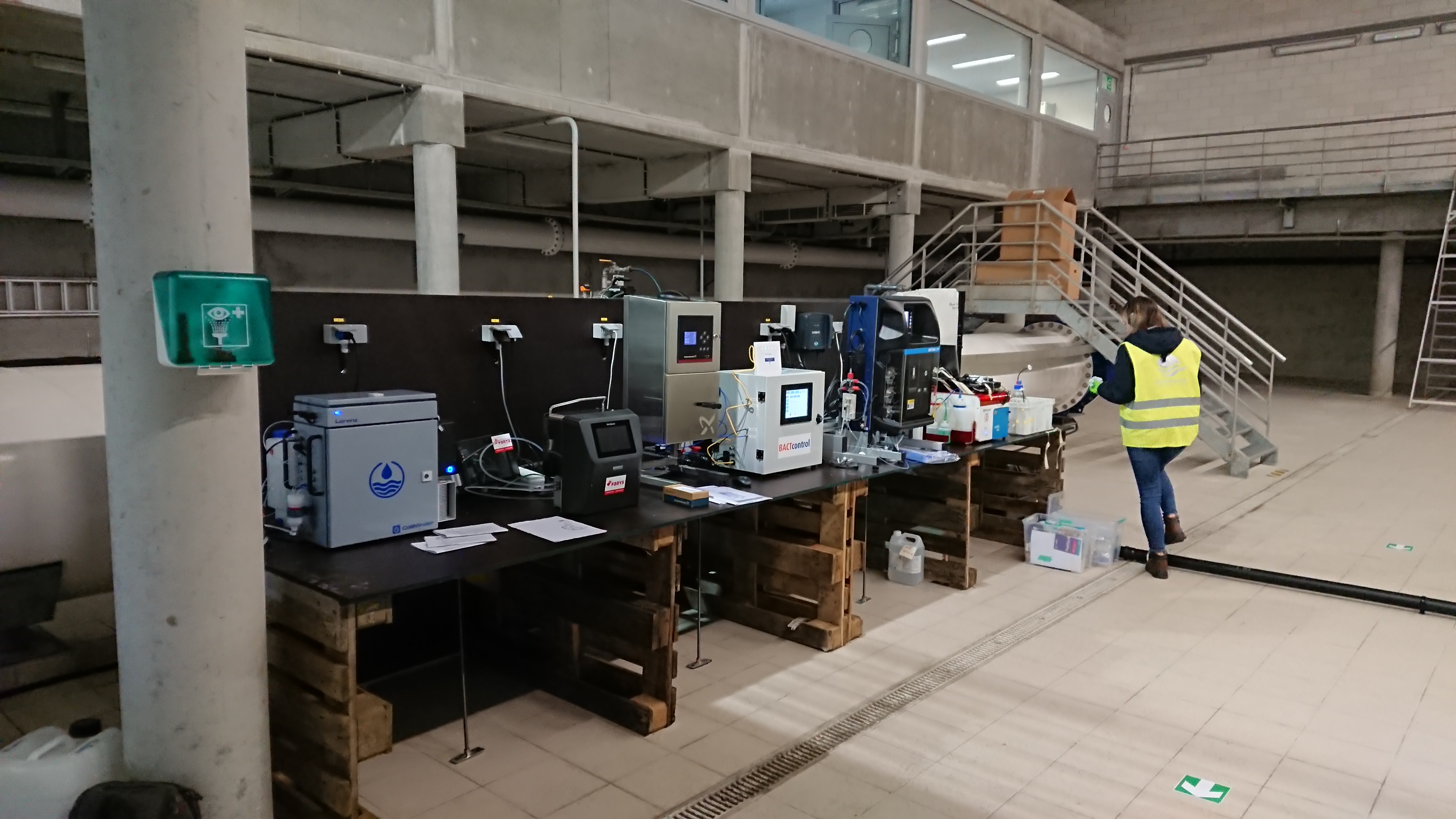Online monitoring
Online monitoring creates picture of water quality
The microbiology of drinking water can tell us a lot about its quality. De Watergroep has tested various measuring devices to monitor the bacterial composition of water online.

Testing various devices
Together with Ghent University and the main Flemish drinking water companies, De Watergroep tested various devices in 2019 to measure the microbiological condition of drinking water. Each device operated according to a different principle: among other ways, the bacterial load of the water was estimated using microscopy or enzyme activity, or through laser diffraction or fluorescence. The devices were tested at the outlet of the Kluizen water production centre. To do so, we set up a test installation that allowed us to safely test both drinking water and other water types.
Quicker results
“Our eventual aim in testing these devices was to identify the best one. Only highly sensitive devices can spot relevant changes in terms of bacteria”, Optimal Drinking Water programme manager Han Vervaeren explains. “In addition, a measurement device must be quick, reliable and affordable, as well as easy to use. The main benefit of online monitoring is that it delivers quick results on any potential pollution; constant monitoring means we no longer have to transport water samples to a lab and wait for test results. Our cooperation with other water companies was a major positive too: it enabled us to test the various setups on a relatively limited budget per company. The ability to share experiences also added value to the project.”